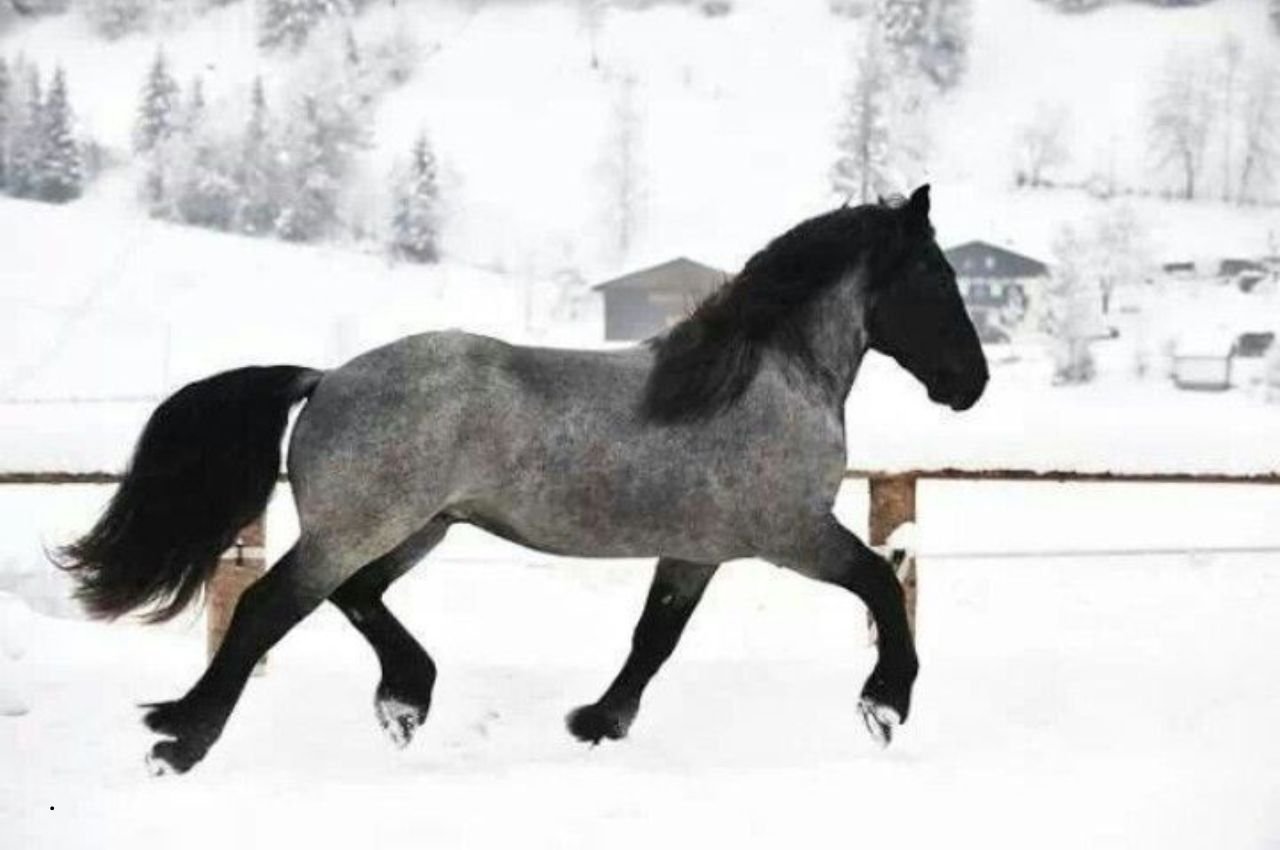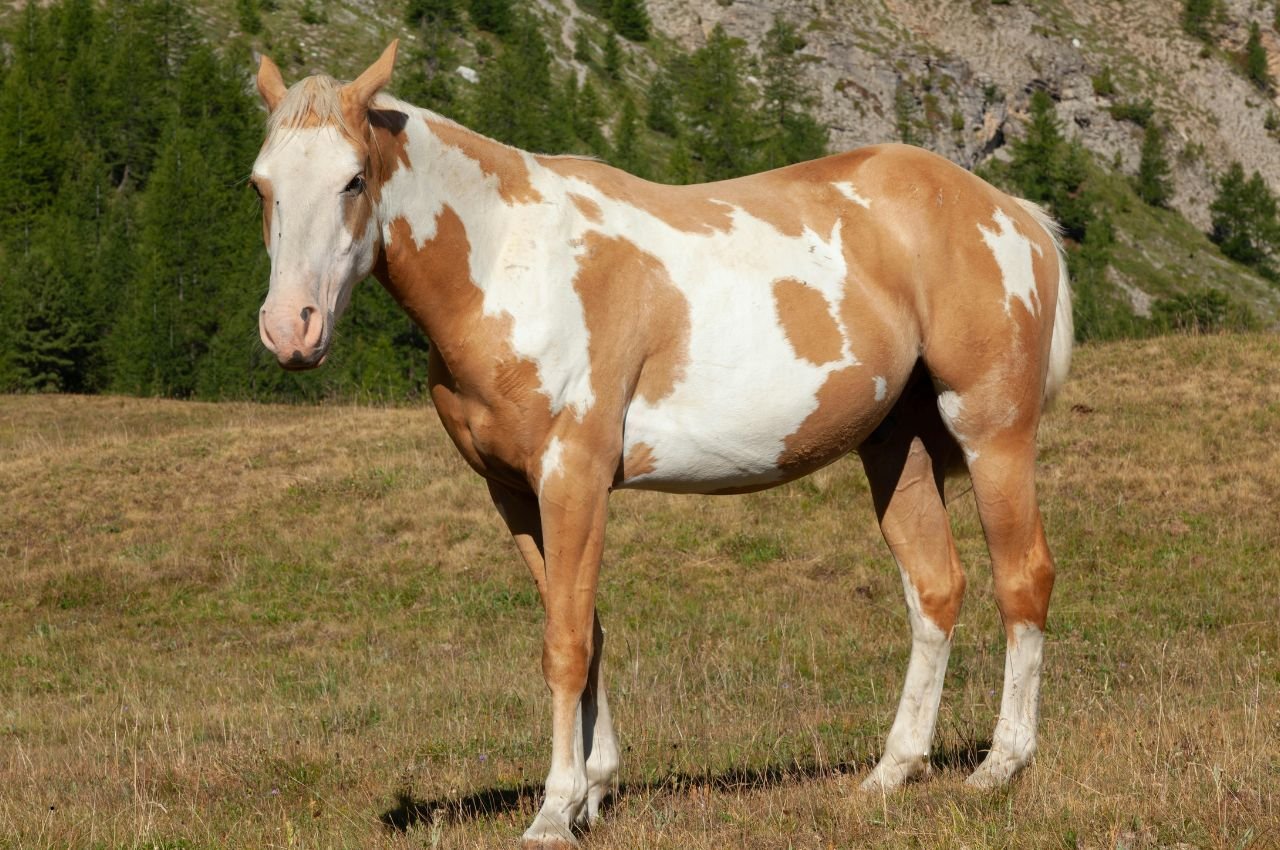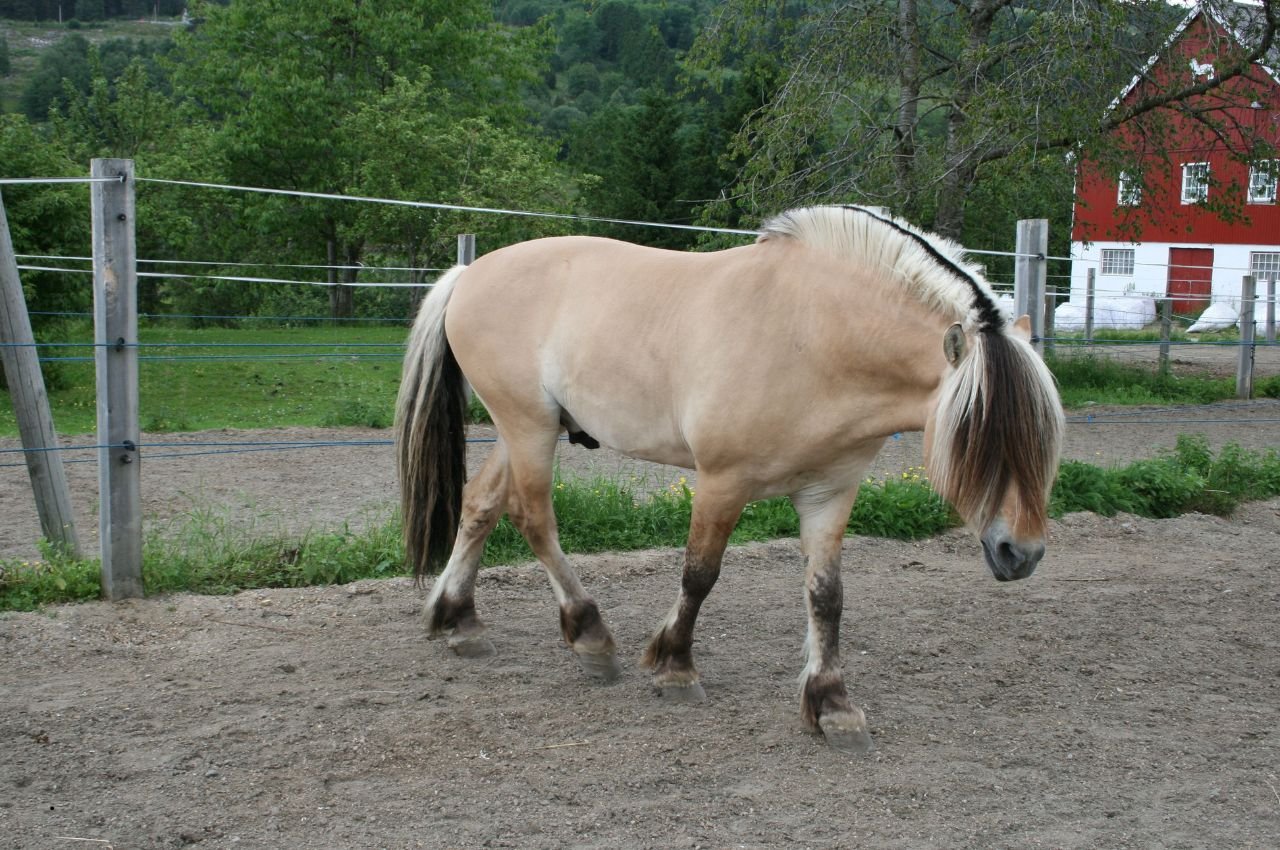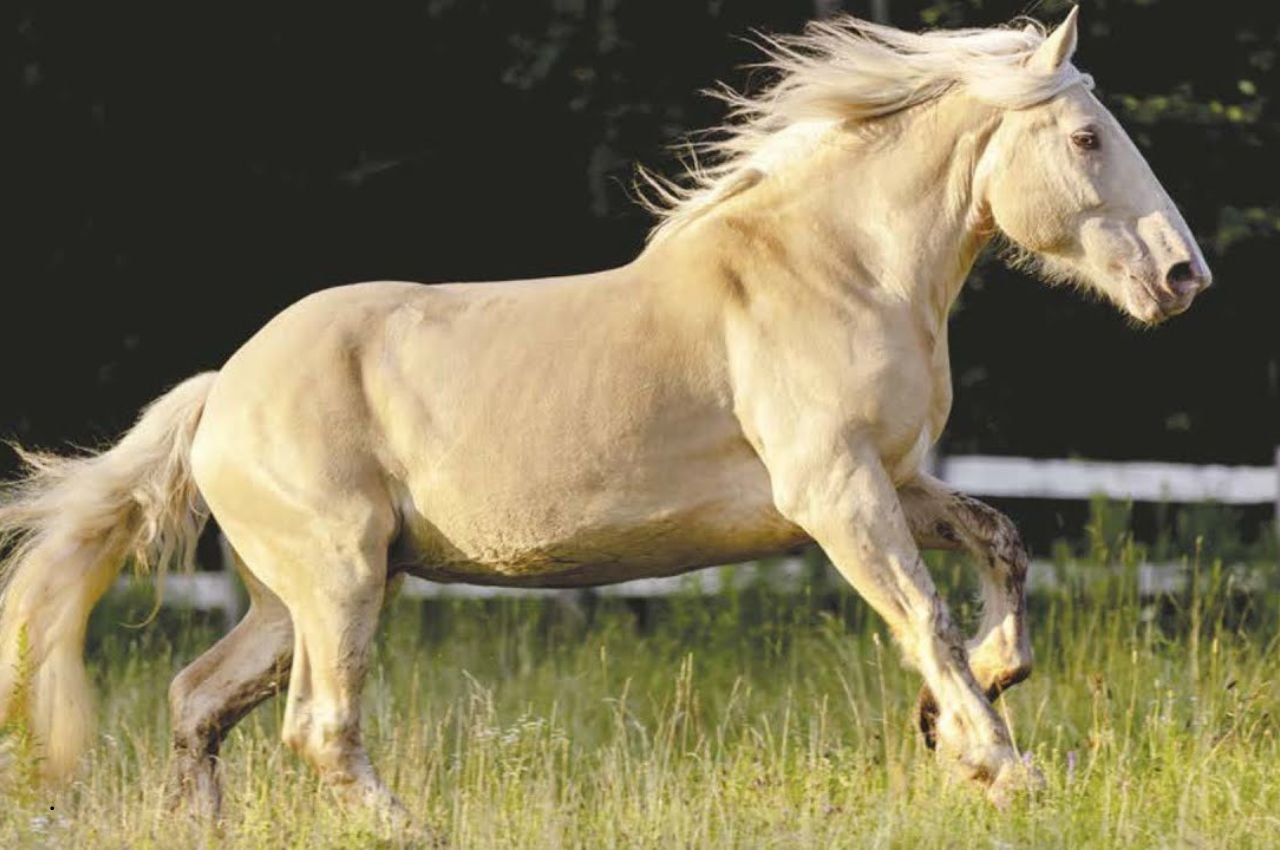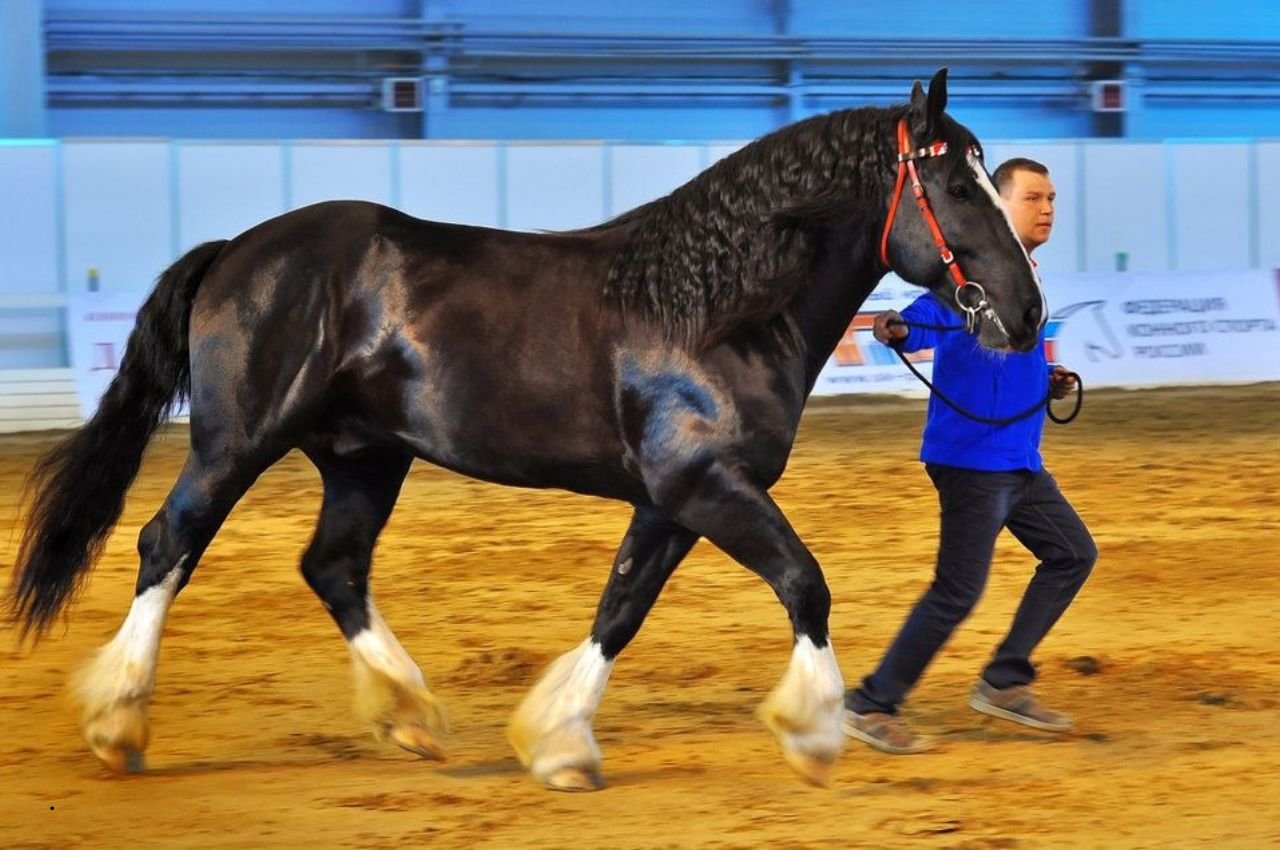Why Learning How to Test Hay Quality Matters
If you care for horses, cows, or other animals, you know how important good hay is. Hay is their main food, and poor-quality hay can make animals sick or weak. That’s why knowing how to test hay quality is very important. Testing hay helps you avoid problems like mold, dust, or bad nutrition. In this guide, we will explain 6 critical risk signs to look for when testing hay. Plus, you will learn other helpful tips so you can feed the best hay to your animals.
Table of Contents
Check the Color of the Hay
The color of hay is one of the first things you notice when testing hay quality. Good hay usually looks bright green or light brown. Green hay means it was cut at the right time and has lots of nutrients. If hay looks gray, black, or very brown, it might be old or spoiled. Dark colors can also mean mold or poor storage.
Smell the Hay Carefully
Smell tells a lot about hay quality. Fresh, good hay smells sweet and clean, like fresh grass. If the hay smells dusty, musty, or sour, that is a warning sign. Bad smells often mean the hay is moldy or has been stored in wet places. Feeding smelly hay can hurt your animals’ health.
Look for Mold and Dust
Mold and dust are two big risks in hay. Mold can appear as white, black, or gray spots on the hay. Dust looks like fine powder on the surface or breaks off easily. Moldy or dusty hay can cause breathing problems and allergies in animals. When testing hay quality, avoid any hay that looks moldy or dusty.
Feel the Texture of the Hay
Touching the hay helps you understand its quality. Good hay should feel soft, leafy, and dry but not brittle. If hay feels too dry and crumbly, it may have lost nutrients. If it feels wet or sticky, it might have mold or moisture problems. Wet hay is risky because it can spoil quickly.
Check for Foreign Materials
Good hay should be clean and free from weeds, sticks, trash, or insects. Foreign materials can harm your animals if swallowed. While testing hay quality, look closely for anything that does not belong. Weeds might also lower the hay’s nutrition and taste.
Observe the Hay’s Leafiness vs. Stems
Hay with lots of leaves is usually better quality because leaves contain more nutrients. If hay has mostly thick stems and few leaves, it might be less nutritious and harder for animals to eat. Testing hay quality means checking how leafy the hay looks.
Test the Moisture Content (If Possible)
Hay with the right moisture level is safer and more nutritious. Too much moisture in hay can cause mold growth. Too little moisture can make hay brittle and low in nutrients. If you have a moisture meter, use it to test hay. The ideal moisture level is around 15% to 20%.
Ask for a Hay Analysis Report
Many hay sellers provide a hay test or analysis report. This report shows important details like fiber, protein, moisture, and mineral levels. Testing hay quality is easier when you have this information. It helps you pick hay that meets your animals’ dietary needs.
Store Hay Properly to Keep Quality
Even the best hay can spoil if stored badly. Store hay in a dry, cool place, off the ground, and covered from rain. Proper storage prevents mold and dust. If you see signs of poor storage when testing hay quality, avoid buying that hay.
Observe Animal Reactions After Feeding New Hay
Once you test and choose hay, watch how your animals react. Healthy animals eat well, have shiny coats, and good energy. If they cough, sneeze, or show stomach problems, the hay quality might be poor. This final check is an important part of testing hay quality.
Comparison Chart: Good Hay vs. Poor Quality Hay
| Feature | Good Quality Hay | Poor Quality Hay |
|---|---|---|
| Color | Bright green or light brown | Gray, black, or dark brown |
| Smell | Sweet, fresh grass smell | Musty, sour, dusty |
| Mold Presence | None | White, black, or gray spots |
| Dust Level | Very low or none | High dust, powdery |
| Texture | Soft, leafy, dry but not brittle | Brittle, dry, or wet |
| Foreign Materials | None or very few | Weeds, sticks, trash, insects |
| Leafiness | High (more leaves than stems) | Low (mostly thick stems) |
| Moisture Content | Around 15% to 20% | Too high or too low |
FAQs About How to Test Hay Quality
Why is it important to test hay quality?
Testing hay quality helps you avoid feeding spoiled or harmful hay that can make your animals sick.
How do I know if hay has mold?
Look for white, black, or gray spots and a musty smell. Moldy hay is unsafe for animals.
Can I test hay moisture without special tools?
You can feel if hay is damp or sticky, but a moisture meter gives the most accurate reading.
What should good hay smell like?
Good hay smells sweet and fresh, like freshly cut grass.
What happens if animals eat dusty hay?
Dusty hay can cause breathing problems and allergies in animals.
How can I keep hay fresh after buying it?
Store hay in a dry, cool place, off the ground, and cover it from rain.
Conclusion: Keep Your Animals Healthy by Testing Hay Quality
Knowing how to test hay quality is very important for feeding healthy animals. By watching for 6 critical risk signs — color, smell, mold, dust, texture, and foreign materials — you can pick the best hay every time. Remember to also consider leafiness, moisture, storage, and animal reactions. Good hay means healthy animals and happy caretakers!


